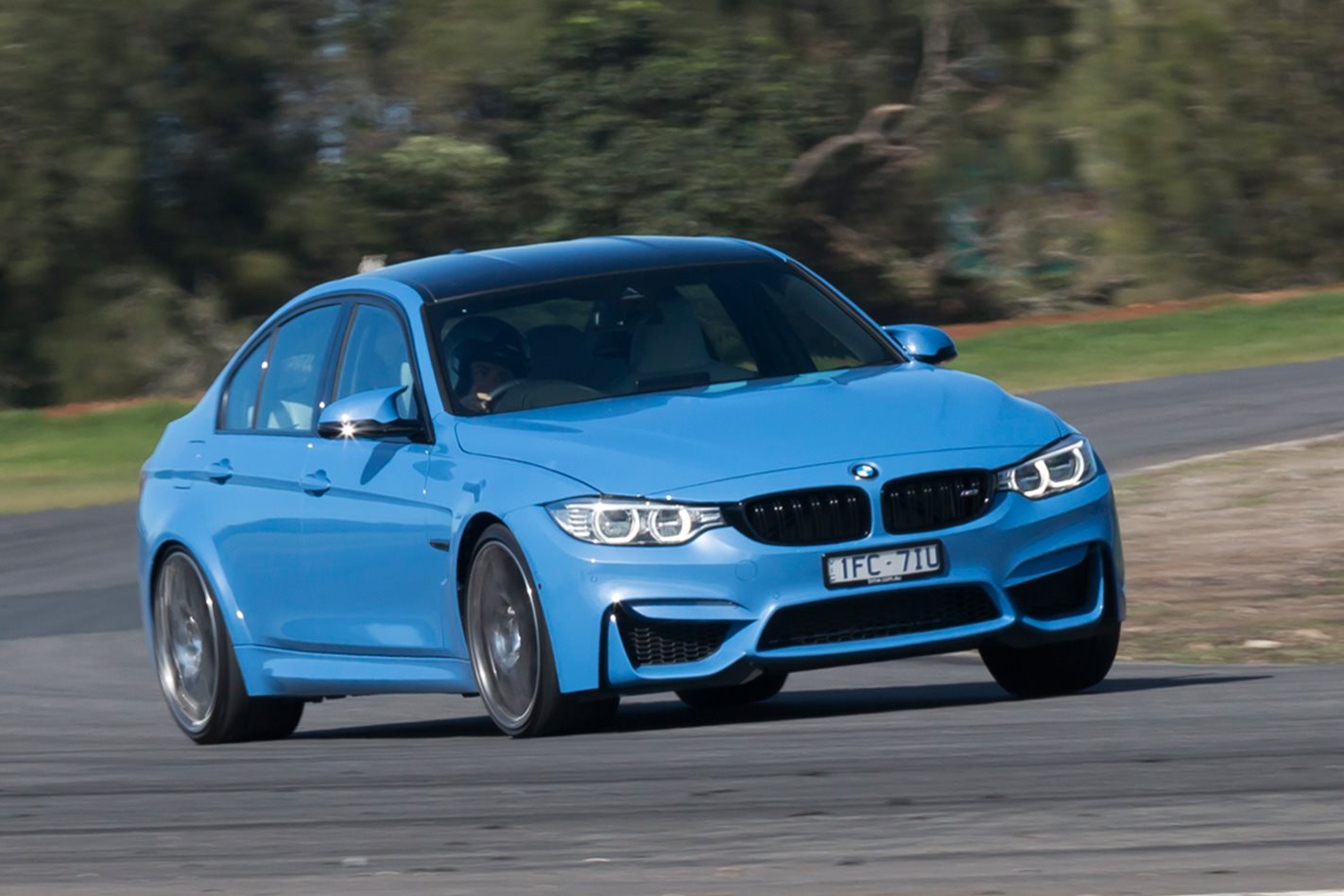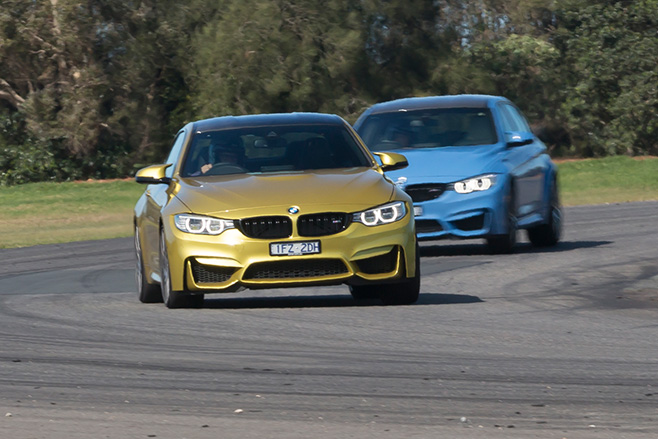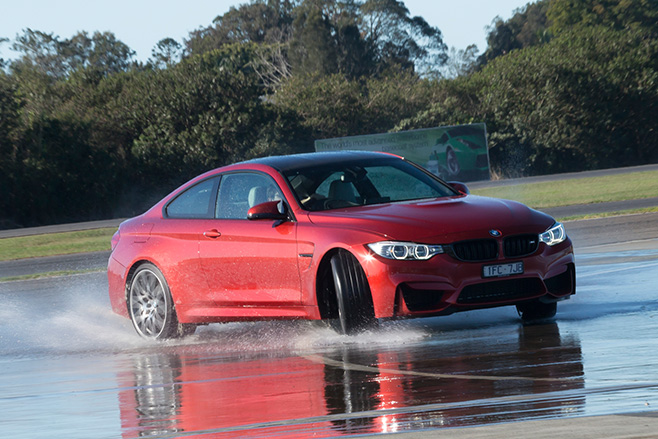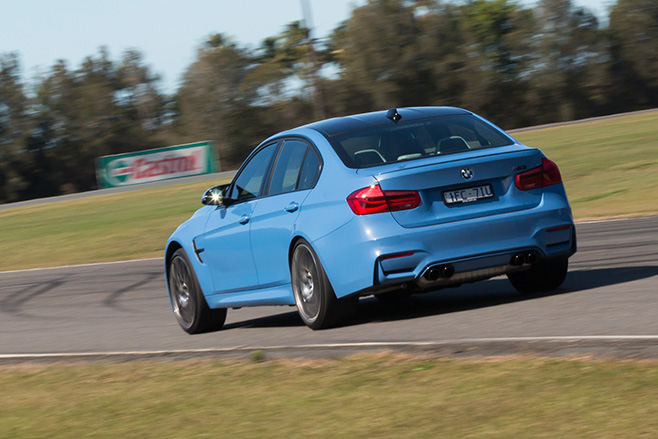Reviews

Gallery 1
Australian car buyers can’t seem to get enough of BMW’s M series. In the new M3 and M4 Competition pack, Munich has tweaked the engine and the suspension – and plenty besides – to provide a more appealing driving experience beyond what the usua BMWl M3 and BMW M4 offers, but with a hike in the price tag.
- Overseas, the M3/M4 Competition models are offered as option packs, but BMW in Australia decided the demand was so significant for M cars locally that it justified a standalone model, which sells alongside the regular M3/M4. The sedan and coupe cost $5000 more than the equivalent regular M3/M4, while the convertible is $4000 more.
- The M4 Convertible misses out on the front seat-back cutouts and unique seatbelt webbing that is part of the Competition models because it requires the specific convertible seats with integrated seatbelts.
- Early demand suggests 84 percent of buyers are prepared to pay extra for the Competition model, well up on the 66 percent demand in Europe.

1
- The BMW M3 started life exclusively as a two-door coupe in 1986, but it spawned its first sedan in 1994. The original coupe and original sedan were not sold in Australia. These days the M3 is exclusively a sedan, with the coupe and convertible rebadged as M4 from 2014.
- The most obvious visual change between the regular M3/M4 and the Competition models are the unique 20-inch alloy wheels, which replace more aggressive-looking 19-inch wheels. It seems many prefer the old (or regular wheels) with most of the 16 percent of buyers prepared to accept the lesser power of the non-Competition models choosing mainly on the look of the wheels.
- The M3/M4 Competition models have been bitten by the black styling bug inflicting so many performance models. As well as blackened badging, the grille, side air vents and quad exhaust pipes have a black chrome finish.

1
- As well as the unique design of the wheels, the tyres on the M3/M4 Competition are slightly larger, up an inch in diameter (to 20 inches) and with an extra 10mm of width at either end.
- Despite the tweaks and bigger wheels, the M3 and M4 Competition models are the same weight as the regular M3 and M4, which continue unchanged. The M4 Coupe is the lightest of the three-model range, with the four-door adding 20kg to the mix, a result of its additional doors and conventional boot that misses out on the Coupe’s lightweight materials. The Convertible is the heaviest of the bunch (as heavy as 1790kg) courtesy of the extra bracing required to maintain body rigidity without a fixed roof.
- Suspension springs on the M3 and M4 Competition are 15 percent stiffer than those in the regular M3/M4. It’s all about sharper steering responses and superior dynamics, especially on a race track. The suspension also has adjustable dampers (or shock absorbers), allowing owners to choose between the most compliant Comfort mode, Sport or super firm Sport Plus (the latter best left to a race track).

1
- All M3s and M4s have a carbon fibre drive shaft, which – as well as being 5kg lighter than an equivalent steel one – is said to be able to cope with 3.5 times the torsional, or twisting, forces running through the driveline. The lighter weight also helps it accelerate faster, improving throttle response and overall performance.
- About 90 percent of M3 and M4 buyers are male.
- Fuel use for the M3 and M4 Competition models has increased by about 6 percent. The sedan and coupe use a claimed 8.8 litres per 100km when teamed with the six-speed manual or 8.3L/100km with the seven-speed twin-clutch DCT auto. The Convertible uses 9.1L/100km and 8.7L/100km for manual and auto.



